What kind of light bulb?
larry_b
18 years ago
Related Stories
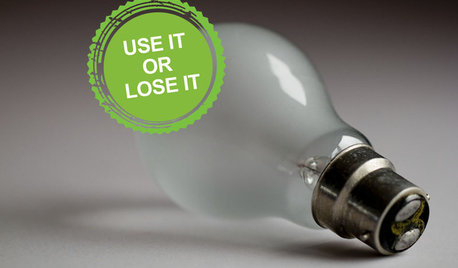
DECORATING GUIDESLose It: How to Get Rid of Old Light Bulbs
When the light goes out, you'll want to get rid of the bulb safely. Here's how
Full Story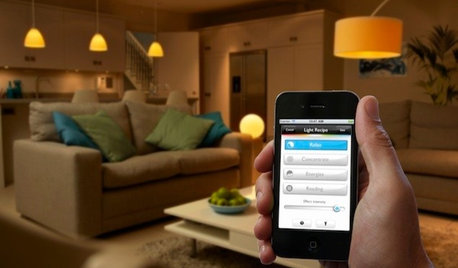
HOME TECHHere's a Bright Idea: Smart Bulbs for Better Lighting
Lightbulbs that can change brightness and color with a cell phone command show flashes of design brilliance
Full Story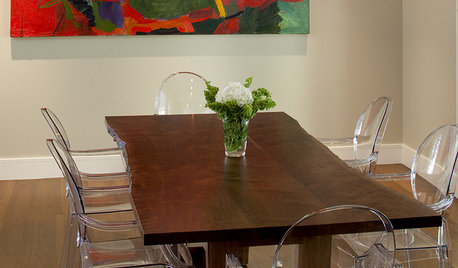
LIGHTINGAntique Chic: Edison Bulbs
Industrial-Style Filament Bulbs Reinvent Lighting (Again)
Full Story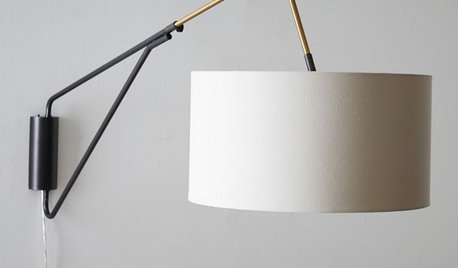
PRODUCT PICKSGuest Picks: Contemporary Lighting for All Kinds of Needs
Task lamps, floor lamps, pendants ... Whether you’re reading in bed or want a glow overhead, there’s a light here for you
Full Story
GARDENING GUIDES6 Unsung Bulbs for Fall Planting
Don't hang up your spade after summer — plant these unusual bulbs in fall for a spectacular spring show
Full Story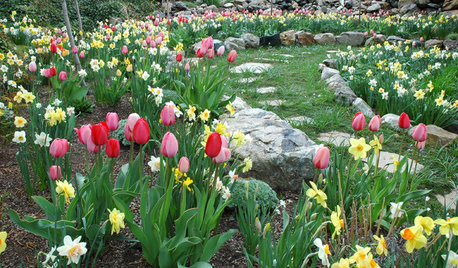
GARDENING GUIDESGardening With Kids: How to Plant Bulbs
You don't need expertise to get flowering bulbs in the ground in fall — but kids will feel like gardening pros come spring
Full Story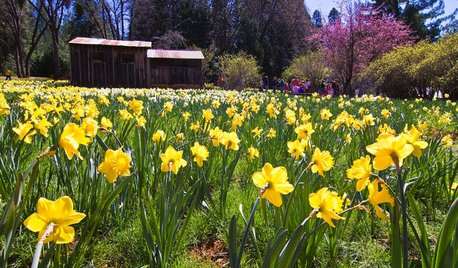
GARDENING GUIDES7 Bulbs That Flourish in Mild Climates
Fall planting: For gardens that don't see harsh winters, different guidelines for choosing and planting spring-blooming bulbs apply
Full Story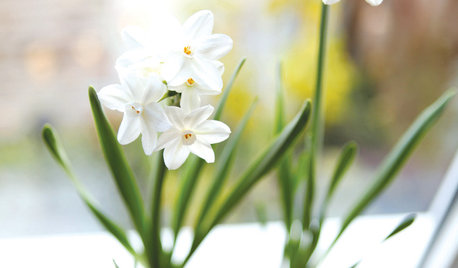
DIY PROJECTSHoliday DIY: Mason Jar Forced Bulbs and Evergreen Gift Tags
Learn how to make these winter projects from the book ‘Garden Made’ by Stephanie Rose
Full Story
FARM YOUR YARDHouzz Call: Show Us Your One-of-a-Kind Chicken Coops
Do you have a fun or stylish backyard shelter for your feathered friends? Post your pictures and stories in the Comments!
Full Story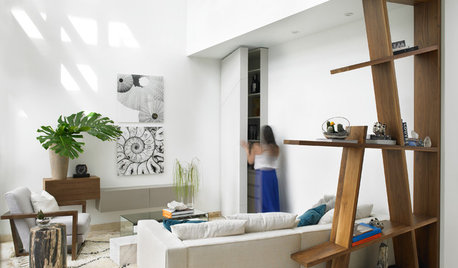
FEEL-GOOD HOME10 Kinds of Flowers and Foliage for Modern Spaces
Match the plant to the feeling you want to evoke, be it fun, rustic, tropical or romantic
Full StorySponsored
Franklin County's Custom Kitchen & Bath Designs for Everyday Living
More Discussions






username_5
shrubs_n_bulbs
Related Professionals
Elwood Landscape Architects & Landscape Designers · Fitchburg Landscape Architects & Landscape Designers · Forest Park Landscape Architects & Landscape Designers · Springfield Landscape Contractors · Bellefontaine Neighbors Landscape Contractors · Holtsville Landscape Contractors · Lake Worth Landscape Contractors · Reedley Landscape Contractors · North New Hyde Park Handyman · El Monte Fence Contractors · Englewood Fence Contractors · Golden Fence Contractors · New Orleans Roofing & Gutters · Wilmington Roofing & Gutters · Orlando Roofing & Guttersusername_5
larry_bOriginal Author
username_5
sdafamily
dmarin
ZuzuIL
larry_bOriginal Author
dmarin
ZuzuIL
username_5
larry_bOriginal Author
sdafamily
anitabryk2
shrubs_n_bulbs